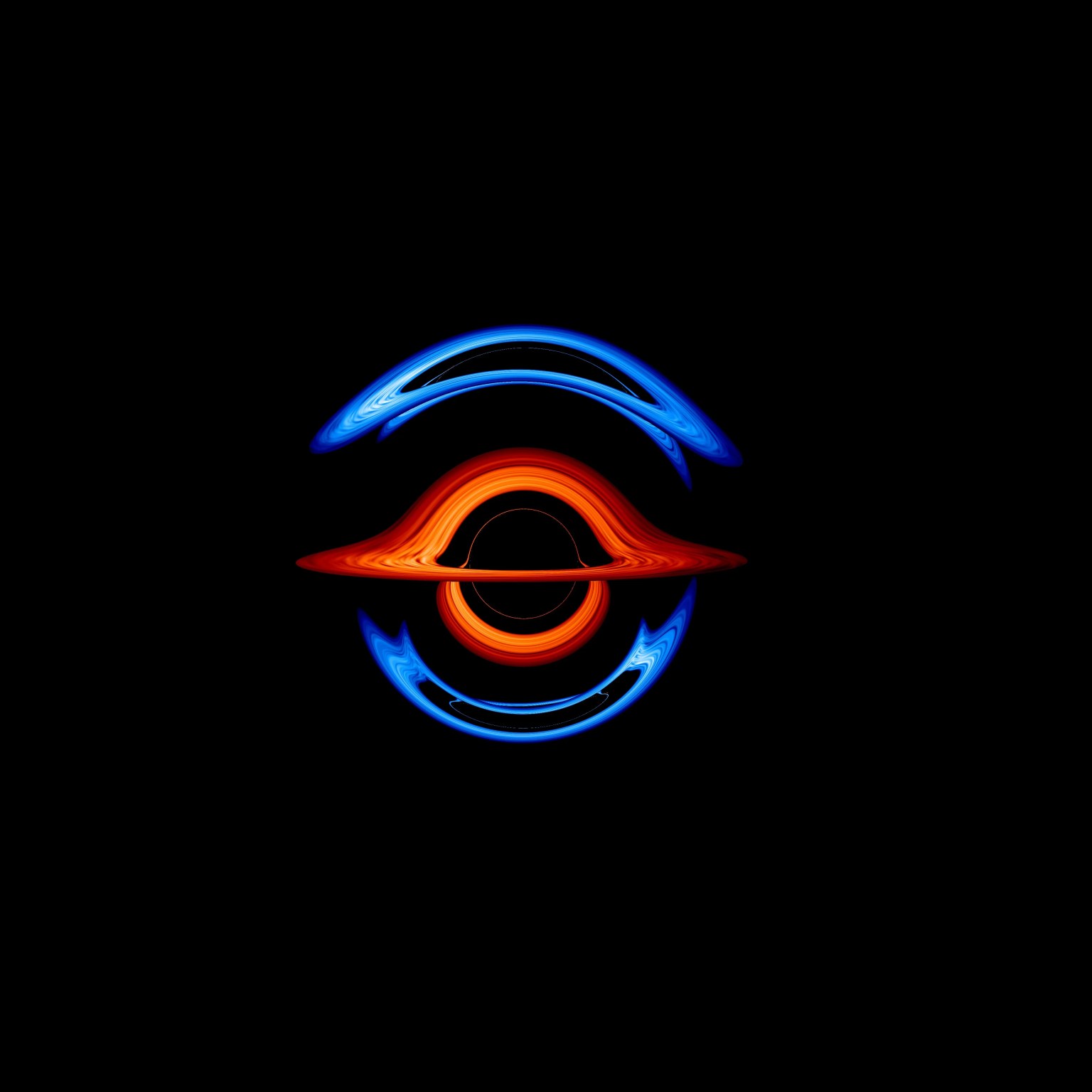The lenticular galaxy NGC 6684 bathes this image from the NASA/ESA Hubble Space Telescope in a pale light. Captured with Hubble’s Advanced Camera for Surveys, this galaxy is around 44 million light-years from Earth in the constellation Pavo. Pavo – the Latin name for peacock – is a constellation in the southern sky and one of four constellations collectively known as the Southern Birds.
Lenticular galaxies like NGC 6684 (lenticular means lens-shaped) possess a large disk but lack the prominent spiral arms of galaxies like the Andromeda Galaxy. This leaves them somewhere between elliptical galaxies and spiral galaxies, and lends these galaxies a diffuse, ghostly look. NGC 6684 also lacks the dark dust lanes that thread through other galaxies, adding to its spectral appearance.
The data in this image was captured during a census of the nearby universe entitled Every Known Nearby Galaxy, which aims to observe all galaxies within 10 megaparsecs (32.6 million light-years) that the telescope has not already visited. Before this program began, Hubble had observed roughly 75% of these nearby galaxies. Completing this census will reveal insights into the stars making up a wide variety of galaxies, in a wide variety of environments.
Text credit: European Space Agency (ESA)
Media Contact:
Claire Andreoli
NASA Goddard Space Flight Center, Greenbelt, MD
claire.andreoli@nasa.gov































